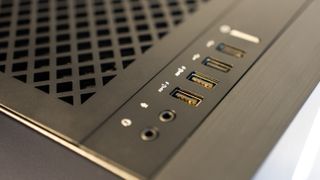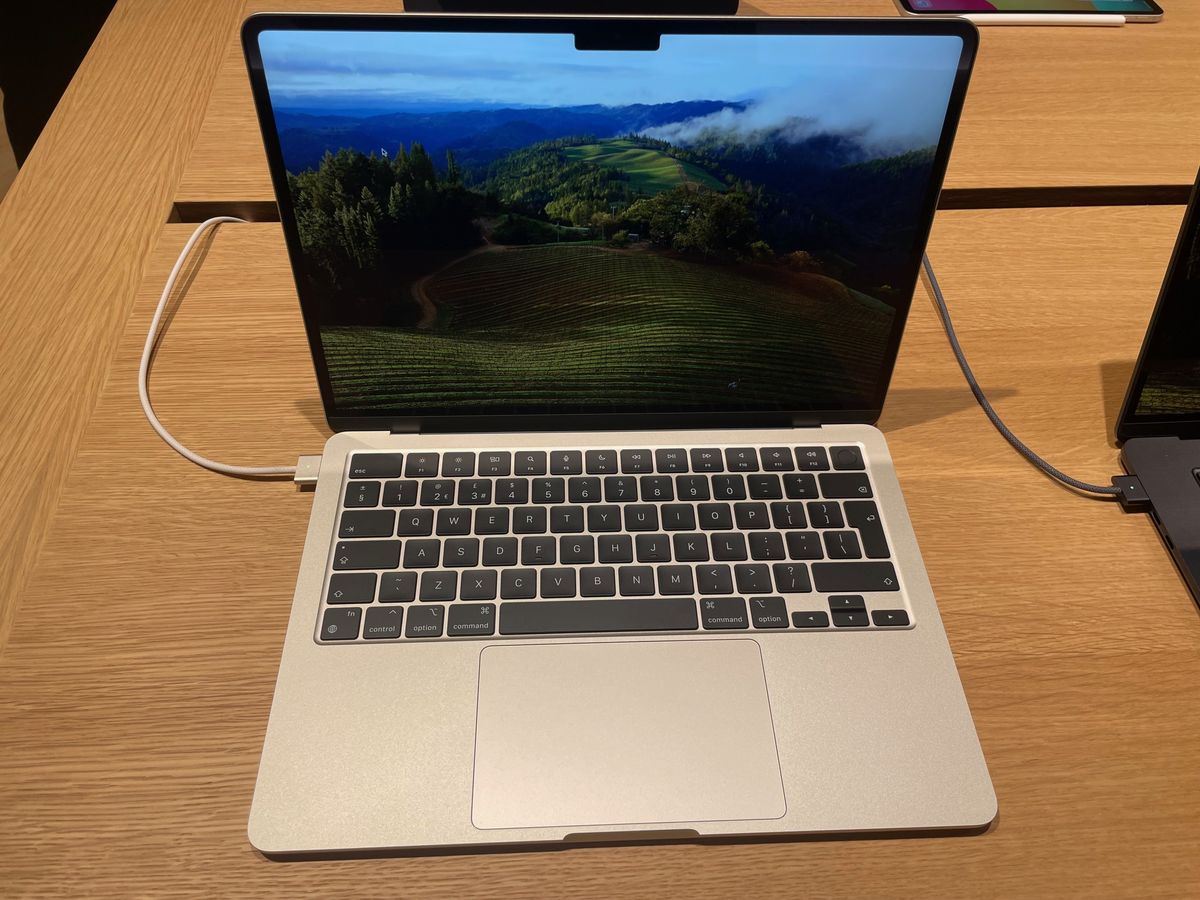With Black Friday Week firmly underway, you’ll be wanting to make the right purchase decisions for a new laptop. When you choose a new laptop or desktop computer, one of the most important things to look at is RAM (Random Access Memory).
RAM is your computer’s short-term memory, used to store data that the processor needs to access quickly. Broadly speaking, the more you have, the faster your computer should run. It’s measured in gigabytes, shortened to GB.
The cheapest laptops on the market today might come with as little as 4GB of RAM. If you’re just doing light tasks such as checking emails or writing text documents, that’ll probably be fine.
However, creative work demands more. And resource-intensive work such as rendering complex 3D scenes, editing 8K video footage or working with multi-layered design files requires a LOT more… or your workflow is likely to come to a grinding halt.
RAM is not the only measure
So how much RAM do you need for creative tasks? We’ll answer that question in a moment. But before we get started, here are two quick disclaimers.
Firstly, RAM is just one ingredient in a fast-working computer, and needs to be matched by others, such as a powerful CPU (central processing unit) and GPU (graphics processing unit), long term storage (ideally an SSD drive) and an effective cooling system. Generally, the most powerful laptops will have all these things as well as a lot of RAM. But sometimes a device gets released that’s lacking in one or more. So it’s worth checking the in-depth reviews on this site, because our experts will be sure to flag that up.
Secondly, when buying a computer you should also check whether you can add more RAM later. Software requirements typically increase over time, and project complexity tends to grow as your skills advance.
With those things in mind, read on as we break down the amount of RAM we recommend for different creative disciplines, to help you make an informed decision that balances performance with budget.

How much RAM do I need for 3D work?
In general, 3D artists need more RAM than anyone else in the creative industry. We’d say the minimum starting point for a professional 3D artist is 32GB, with 64GB being the recommended standard for serious work. Complex projects often utilise 128GB or more.
This is a huge amount compared with what you’ll find in most laptops aimed at the general public. But it makes sense, because you’re asking your computer to hold entire scenes in its short-term memory, including textures, models and simulation data.
In practical terms, when you’re working with complex scenes or multiple applications simultaneously, such as running Blender alongside Substance Painter, having a lot of RAM prevents slowdowns and crashes. Additionally, many rendering engines are able to utilise extra RAM to cache rendering data, significantly speeding up this time-consuming process.
All this means that if you’re a 3D artist, investing in one of the best laptops for 3D modelling, or even building your own power PC will likely save you a lot of time (and therefore money) over the long term.

How much RAM do I need for video editing?
The amount of RAM you need for editing videos will vary dramatically depending on the resolution of your footage and the complexity of your project.
For 1080p projects, 16GB should be seen as the absolute minimum, but 32GB will provide a more comfortable experience. When working with 4K footage, 32GB becomes the minimum threshold, while we’d recommend 64GB for smoother performance.
Once you step up to working with 8K footage or complex projects, you should consider 64GB or more. Having sufficient RAM will speed things up in general, allowing for smoother timeline scrubbing and real-time effects previews, and reducing the need to render preview files.
To find the right model for you, check out our guides to the best video editing computers, the best laptops for video editing, and the best Mac for video editing.

How much RAM do I need for graphic design?
Graphic designers typically require less RAM compared to 3D artists and video editors, but modern design software such as Photoshop and InDesign still demands considerable resources.
Light design work is possible with 8GB, and a professional graphic design workflow is doable with 16GB. However, a computer with 32GB will provide a more comfortable working experience when dealing with multiple large files or complex illustrations. Very complex projects involving multiple applications and large files might require 64GB.
Having sufficient RAM will mean you can run multiple applications simultaneously, manage large and complex files, handle numerous layers, and work with both vector and raster graphics without your computer crashing or freezing. For suitable models, see our roundups of the best computers for graphic design and the best laptops for graphic design.

How much RAM do I need for photo editing?
The amount of RAM you need for photo editing will depend on what sort of workflow you have. Relevant factors will include image resolution and bit depth, number of layers, size of catalogs in applications like Lightroom, batch processing requirements, plugin usage, and RAW file handling.
Basic photo editing is possible with 16GB, but for photographers working with high-resolution RAW files or creating complex compositions with many layers, 32GB has become the new standard minimum. Furthermore, if you’re doing a lot of batch processing, you might want to consider stepping up to 64GB. To assess your options, read our guide to the best laptops for photo editing or the best laptops for photo editing.
Finally, remember that whatever your creative discipline, having too much RAM is never a bad thing, but having too little can significantly impact performance. So the key is to assess your specific workflow requirements and future needs and balance that with the amount you have to spend. Then, once you’ve bought your computer, monitor your current RAM usage during typical work sessions to get a better idea of your actual needs, and consider whether you need to upgrade in future.
